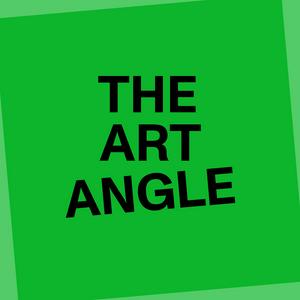Do We Still Need All-Woman Art Shows?
Before the idea of feminism took shape, there was what writers once called “the woman question.” The phrase comes from the querelle des femmes—a centuries-long debate in Europe about women’s rights, intellect, and place in society. One of the first to take it up was Christine de Pizan, the Italian-French court writer who, in 1405, published The Book of the City of Ladies. At a time when most women were excluded from education and public life, de Pizan challenged misogyny head-on, laying some of the earliest groundwork for what we now understand as feminist thought.
That question—what is a woman’s place in culture and history?—has echoed ever since. In 1971, the art historian Linda Nochlin famously reframed it by asking: “Why Have There Been No Great Women Artists?” We have a clear answer: there had been great women artists all along, but their stories were often overlooked, dismissed, or erased.
A new exhibition at the recently opened Museum of Modern Art in Warsaw hones in on that conversation. "The Woman Question: 1550–2025," curated by Alison M. Gingeras, gathers nearly five hundred years of women’s creative production—from Renaissance pioneers like Sofonisba Anguissola and Lavinia Fontana, to Baroque heroines such as Elisabetta Sirani and Artemisia Gentileschi, and contemporary artists including Betty Tompkins and Lisa Brice. With more than 200 artworks, the exhibition focuses on how women saw and depicted themselves and the world, and how the represented power, resistance, desire, and violence. Through portraits, allegories, and bold depictions of female experience, these artists reveal how women have long claimed creative agency despite the structures built to contain them.
On this episode of The Art Angle, Gingeras joins senior editor Kate Brown from Warsaw, Poland, to talk about early women art stars, recent rediscoveries, and why, after all this time, we still need all-women exhibitions.


